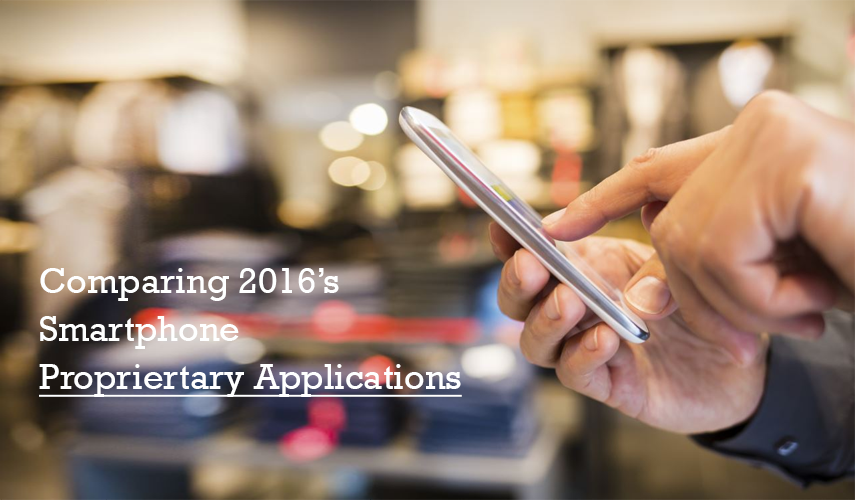Most, if not all, smartphones come with pre-installed applications unique to their specific brand. When comparing and contrasting between systems, you’ll notice some similarities, but deciding which device to purchase is easy once you discover each model’s different features and functionality.
What’s iBeacon All About?
The iBeacon system allows retailers and other businesses to pinpoint where customers are as soon as they step inside their store or building. The system uses bluetooth low energy to transmit signals to Android and Apple smartphones, allowing them to send out hyper-personalized messages and ads as long as they’re within signal range. Indeed, the iBeacon system is meant to change the way businesses communicate with their costumers and comes ready with any new smartphone. Because it uses BLE, less power is being used from your phone battery, with the added bonus of being cheaper than regular bluetooth.
Breaking Down Apple Pay, Samsung Pay
Both the new iPhone and Samsung phones have their own way for users to pay digitally for any goods and services. While Apple Pay and Samsung Pay each perform essentially the same fuction, they can boast their own individual set of features.
Apple Pay allows you to pay with both your iPhone and Apple Watch by holding it up to a reader and verifying your identity through Touch ID technology. It also claims to make purchases easier within other applications and websites as well.
While not much different, Samsung Pay allows you to verify your purchases by fingerprint, iris recognition or a pin number. Samsung also encrypts all of your card information stored on your phone using Samsung Knox technology. Samsung also offers its very own rewards card that gives you reward points whenever you shop at any retailer that accepts Visa or Samsung Pay.
Both applications claim to use individual transaction codes and that they will not save any of your payment or transaction history on their servers, providing you an extra layer of security. Each company’s payment features also allow you to load loyalty cards onto each system in order to reap rewards without having to take out your wallet.
Home Management Capability
Both Apple and Samsung offer applications compatible with different devices to help manage your home. From switching on the lights to seeing who’s at the front door, there’s little you can’t do with these applications in your home’s corner.
The Apple Home application allows you to use Siri to remotely control and take greater command of your home, all with the power of your voice. It also utilizes your already existing Apple TV system as a method of controlling your home without having to reach for your phone. All you have to do is open the app on your TV.
Meantime, Samsung enables you to create a Smart Home using SmartThings technology. This system allows you to control just about any electronic device through smart outlets with just a click of a button. The Samsung system is also maintained through an individual hub that connects all of your devices together.
There are pros and cons to either system, but with the way technology is advancing, you can’t go wrong with either. Both systems are created with your life in mind — it’s all about what fits your needs best and which will ultimately make your life easier.
Source:
Byline: Josephine Jimenez – I am a photographer and a writer who’s just trying to make it through life without causing too much trouble. Just kidding, I love trouble.















